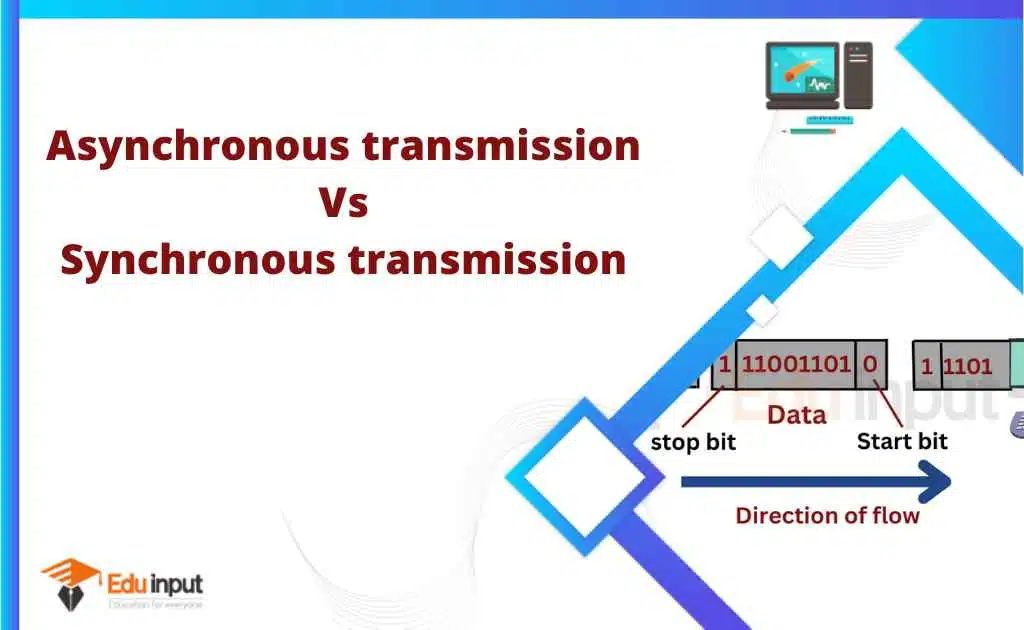Difference between Machine language and Assembly language
The difference between machine language and assembly language is that machine language is a programming language written in the form of 0s and 1s. It is directly accessed by the computer.
Assembly language is a low-level language, it is one step higher than machine language. It needs a translator to convert it into machine language.

Machine Language
Machine Language, also known as binary or bit code, is a low-level programming language used to develop software applications. Machine language is the only language that is directly accessed by the computer.
Machine Language is a type of computer language that tells the computer exactly what to do. The instructions are encoded in binary form, meaning they are represented by 0s and 1s.
Assembly Language
Assembly Language is a low-level programming language. It is understandable by human, but computer cannot understand it directly. So there is a need for a translator(assembler) to convert it to machine language which is understandable by a computer.
It is written with a symbol instead of binary codes. these symbols are called mnemonics. For example, Sub instruction is used to subtract the two numbers.
Assembly language vs Machine language
The difference between machine language and assembly language is given below:
| Assembly Language | Machine Language |
| Assembly language is simple English language | It consists of 0’s and 1’s (binary numbers). |
| It is only understood by humans, computer cannot understand the assembly language. | It is only understood by the computer. |
| Assembly language needs an assembler to convert it into machine language. | Machine language has no need for a translator. |
| Assembly languages are machine-dependent. | Machine languages are dependent on hardware. |
| Assembly language programming is easy to modify. | The machine languages lack support for modifications, corrections, and changes. |
| There is a comparatively lower risk of errors in the syntax of the assembly language in use. | In general, there is a larger possibility of mistakes in the syntax of any machine language. |
| Assembly language is easy to learn because it uses alphabets and mnemonics. | Machine language is very difficult to memorize, so it is not feasible to learn it. |
Related FAQs
What is the difference between machine language and assembly language?
Machine language refers to the actual bits utilized to operate the computer’s CPU. Assembly language is more human-readable that uses mnemonics to closely match machine language instructions.
What is machine language?
Machine language is a low-level programming language that is written in binary form (0 and 1). It is directly understood by the computer.
What is assembly language?
Assembly language is a low-level programming language that is one step higher than machine language. it needs an assembler to translate it into machine language. it is written with alphabets and symbols in place of binary codes.







Leave a Reply